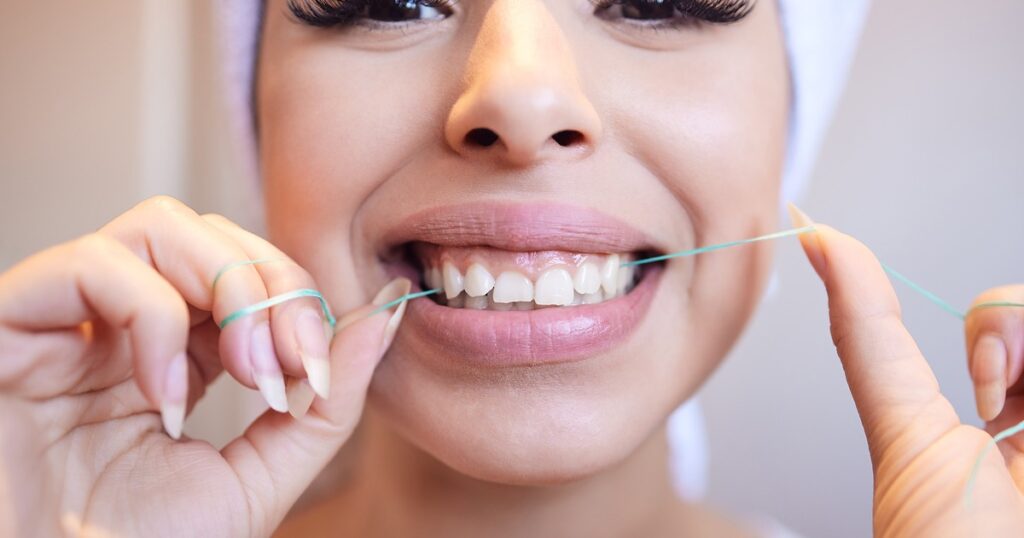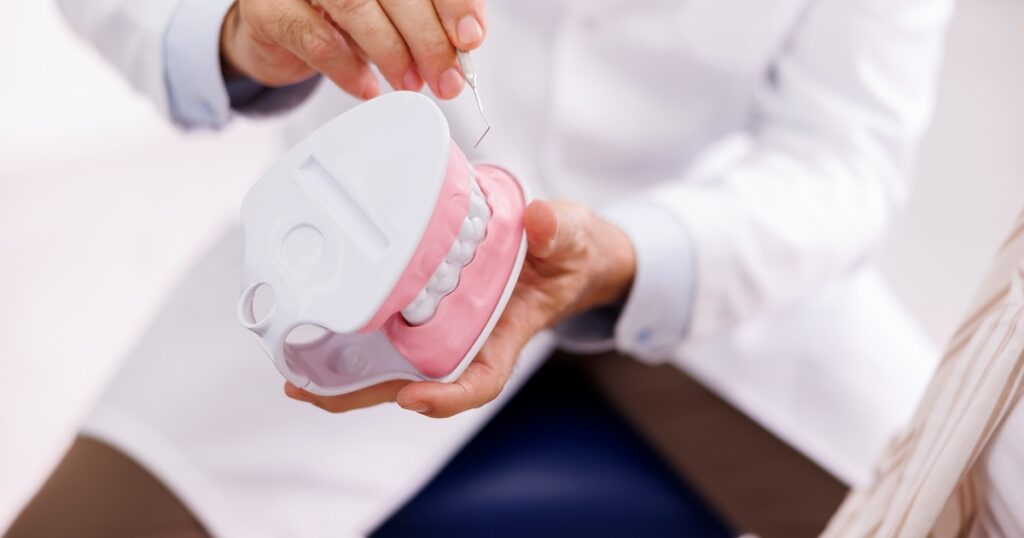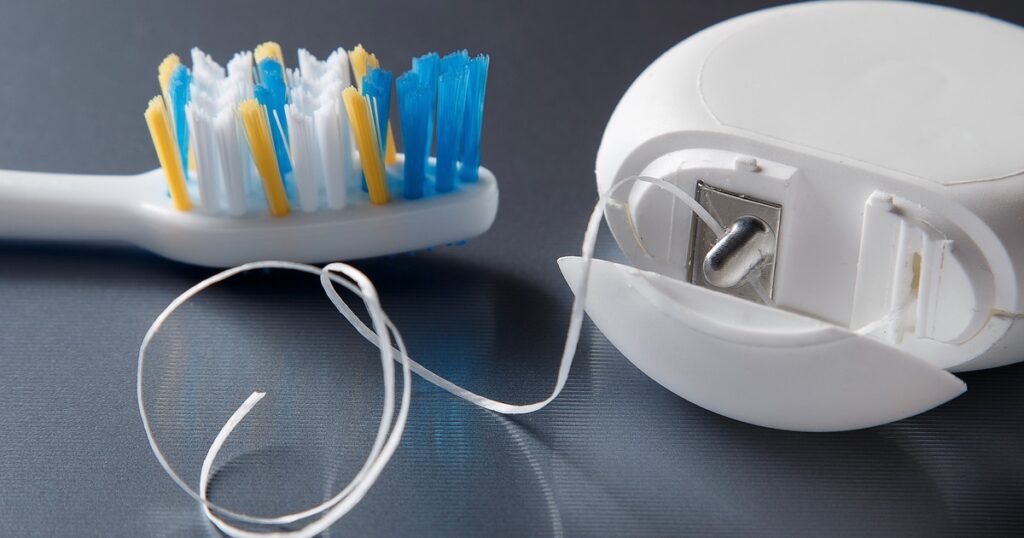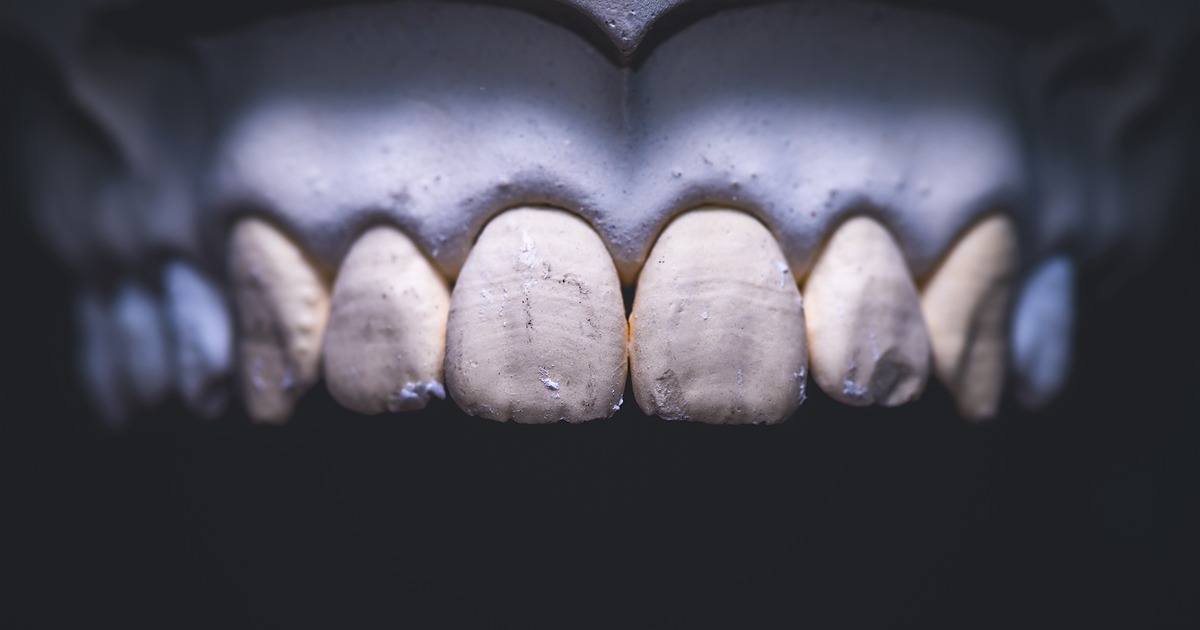Grey Spots on Teeth and Molar Tooth Stains: Causes & Treatments
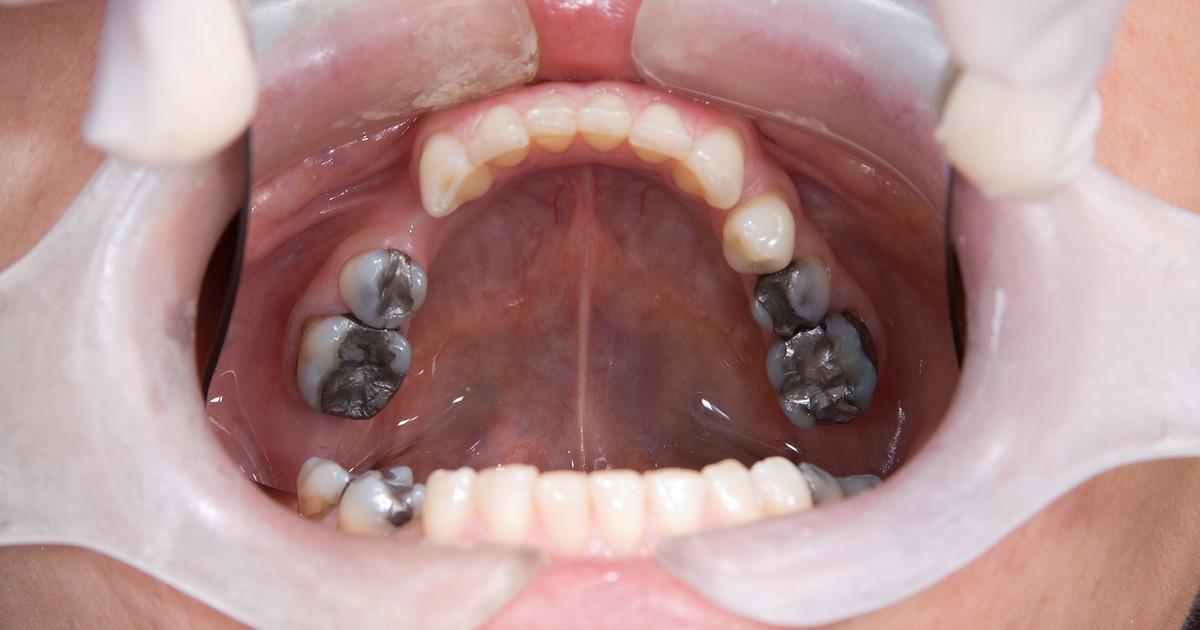
Discoloration of teeth, especially grey spots or stains on molars, is a common dental concern. While some stains are cosmetic, others can indicate underlying tooth decay or enamel damage. Understanding the causes and solutions is key to maintaining a healthy and confident smile. Grey stains aren’t the only concern—sometimes teeth can decay from within, so read Teeth Rotting from Inside Out. If you feel pain while moving your head or walking, see Why Do My Teeth Hurt When I Move My Head or Walk?. For other discoloration, explore Black Lines on Teeth, and don’t miss White Spots on Teeth: Causes, Treatments, and Prevention.
What Are Grey or Greyish-White Spots on Teeth?
Grey spots on teeth appear as small or large discolored areas, usually on molars (back teeth). They can range from light grey to dark grey or almost black, depending on the cause.
-
Grey stains may indicate decay, enamel hypoplasia, or trauma.
-
Sometimes, they are cosmetic and caused by food, drinks, or medications.
Common Causes
1. Tooth Decay / Cavities
-
Grey discoloration often occurs when decay penetrates deeper layers of the tooth.
-
Common in molars because they have deep pits and grooves where bacteria accumulate.
2. Enamel Hypoplasia
-
Developmental defect where enamel is underdeveloped, causing grey or white spots.
-
Often occurs in childhood due to illness or malnutrition.
3. Dental Trauma
-
A tooth that has suffered injury or trauma may turn grey over time due to internal bleeding or pulp damage.
4. Tartar or Plaque Accumulation
-
Hardened plaque or tartar can appear grey or yellowish on the tooth surface.
5. Medications or Fluoride Exposure
-
Certain medications during tooth development can cause grey or brownish spots.
-
Excess fluoride may result in mottled enamel, including greyish discoloration.
How to Treat Grey or Grey Spots on Teeth
1. Professional Treatments
-
Dental Cleaning: Removes tartar and surface stains.
-
Fillings or Restorations: For cavities causing grey spots.
-
Root Canal Therapy: Needed if pulp inside the tooth is damaged or infected.
-
Veneers or Crowns: Cosmetic solution for stubborn discoloration.
2. At-Home Care
-
Brush twice daily with fluoride toothpaste.
-
Floss to remove plaque in hard-to-reach areas.
-
Avoid foods and drinks that stain teeth, like coffee, tea, and cola.
-
Use whitening toothpaste cautiously for minor stains.
Prevention Tips
-
Maintain excellent oral hygiene.
-
Schedule dental checkups every 6 months.
-
Limit sugar and acidic foods to prevent cavities.
-
Protect teeth from trauma by wearing mouthguards during sports.
FAQs: Grey Spots on Teeth
1. Can a grey tooth cavity be reversed?
Early decay can sometimes be treated with remineralizing toothpaste or fluoride treatments. Advanced decay requires professional treatment.
2. Are grey spots always a sign of cavities?
Not always—some are cosmetic or due to enamel defects, but any persistent discoloration should be checked by a dentist.
3. Can children get grey spots on molars?
Yes, enamel hypoplasia or early decay can cause grey spots in developing teeth.
4. How can I prevent grey spots on teeth?
Good oral hygiene, regular checkups, limiting sugary foods, and protecting teeth from injury are key.
Final Takeaway
Grey spots on teeth or molar stains can be cosmetic or a sign of decay. Early detection and treatment are crucial to prevent serious dental issues. Regular dental visits and good oral hygiene will help maintain healthy, strong, and bright teeth.



